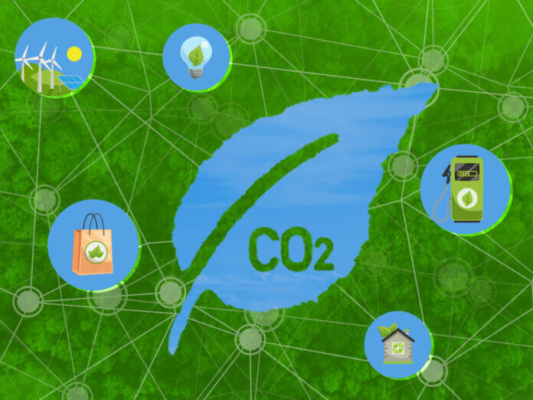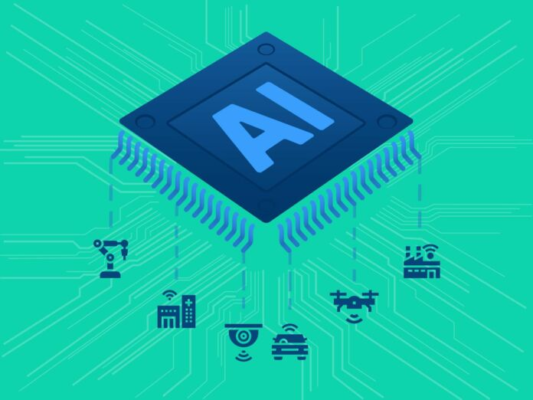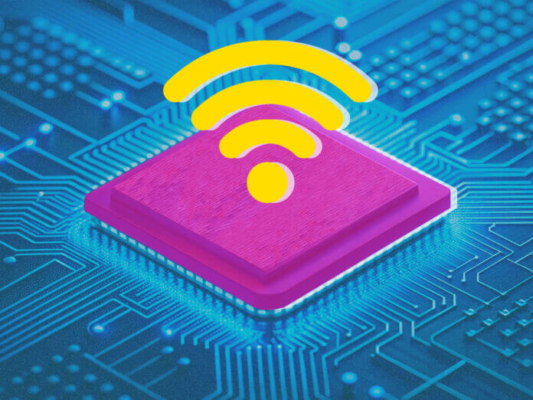How IoT Can Aid Companies Falling Behind on Emissions Targets
A recent sustainability study commissioned by NTT and conducted by ThoughtLab Group revealed some grim data points for global corporate emissions goals: 68 percent of survey participants self-reported being behind on their net-zero carbon emissions goals but additional analysis revealed the true number may be closer to 95 percent. Why? Emissions reductions follow an S-curve […]
Read MoreThe Growth of Mobility as a Service (MaaS) & the Role of IoT in Shared Mobility
Mobility as a Service (MaaS) is transforming how people access transportation by shifting the focus from private vehicle ownership to shared, on-demand mobility solutions. The integration of multiple transportation modes—like ride-hailing, car-sharing, bike-sharing, and public transit—into a seamless digital platform drives this paradigm shift. With the rise of urbanization, congestion, and environmental concerns, MaaS is […]
Read MoreWhy Endpoint Monitoring is Now an Integral Part of Industrial Operations
In the competitive landscape of modern manufacturing, technology serves as the critical differentiator. From shop floor to top floor, cutting-edge tech revolutionizes how things are made, managed, and monitored. IT-OT convergence is essential for agile, cost-effective, and productive operations in today’s digital landscape. The Evolving Manufacturing Tech Stack Manufacturers are adopting advanced automation and tech […]
Read MoreThe Future of Pumps, IoT, and Industry 4.0
The world of industrial processes is undergoing a significant transformation with Industry 4.0, a movement integrating advanced technologies like the Internet of Things (IoT), artificial intelligence (AI), and machine learning (ML) to build smarter, more efficient systems. At the heart of many industrial applications, pumps are evolving from simple mechanical devices to intelligent systems, leveraging […]
Read MoreWhat is tailgating (piggybacking)?
Tailgating, sometimes referred to as piggybacking, is a type of physical security breach in which an unauthorized person follows an authorized individual to enter secured premises while avoiding detection by an electronic or human access control (or alarm) system. In general, when tailgating attacks succeed, it’s due to a combination of two factors: 1) human […]
Read MoreZARIOT Expands Ecosystem with Apiro Data for Seamless IoT Transformation
ZARIOT was born from the idea to bring secure cellular connectivity into the world of Internet of Things (IoT). While traditional telecoms have almost a century of valuable experience, it targets an audience with a different set of needs. This is why ZARIOT has created solutions that work for the IoT value chain, both technically and commercially. […]
Read MoreThe Impact of Wi-Fi 7 on the Future of IoT
As technology continues to evolve, Wi-Fi 7 is set to revolutionize the landscape of wireless connectivity. Designed to support the increasing demands of connected devices in the Internet of Things (IoT) ecosystem, this latest advancement in wireless networking offers significant improvements over its predecessors. Wi-Fi 7 promises faster speeds, improved bandwidth and better performance for […]
Read MoreTowards SGP.32 IoT eSIM: Kigen’s eIM for Ultra-Efficient IoT Fleets
Kigen is hosting an exclusive technical masterclass on Thursday 19th November at 3pm GMT, where we’ll explore the groundbreaking Kigen eSIM IoT Remote Manager (eIM) solution. This cutting-edge technology is the first to comply with GSMA SGP.32 v1.2 specifications, and designed to optimize eSIM management costs with indirect profile downloads and maximum interoperability with existing […]
Read MorePushing AI to the Edge
In an era where AI workloads are increasingly dominated by large-scale models like LLMs, Generative AI, and Transformers, it’s essential to ask hard questions about the future we’re building. As these models grow in complexity, our reliance on AI intensifies, raising concerns about the impact on human creativity and independence. Are we becoming too dependent […]
Read MoreA/B vs Traditional Over-The-Air Firmware Updates
In the increasingly digital landscape of the Internet of Things (IoT), the ability to deliver firmware updates securely and reliably is paramount. Over-the-air (OTA) A/B firmware updates have transformed how device manufacturers and developers distribute software updates, playing a crucial role in rolling out new features and addressing security vulnerabilities without the need for costly […]
Read More











